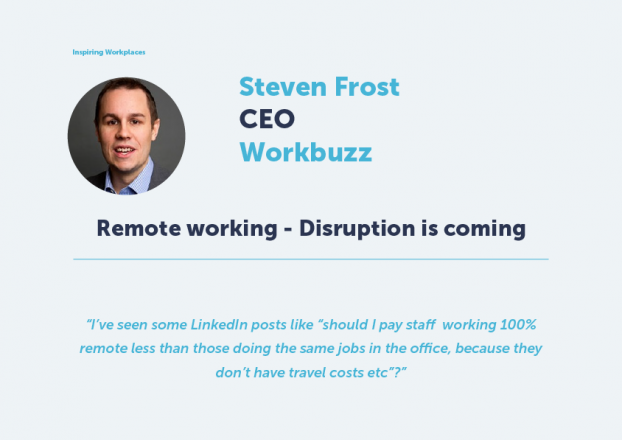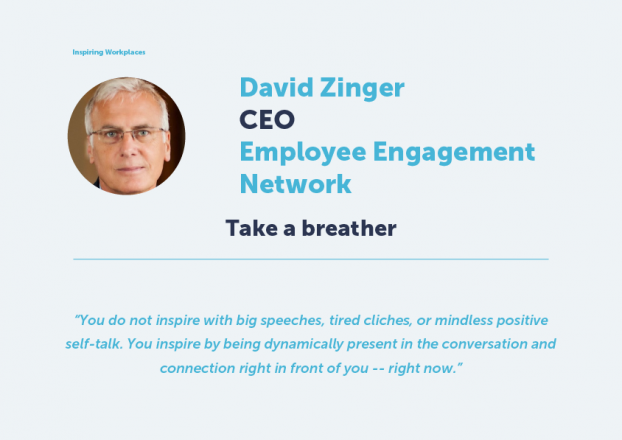
08th March 2024
Reassessing workplace flexibility: what comes next?

The landscape of workplace flexibility remains in constant flux, presenting a formidable challenge for HR leaders. Amid evolving definitions and employee expectations, organizations navigate a complex terrain, adjusting policies to accommodate remote, hybrid, and in-office work models. With flexibility emerging as a constant, organizations must leverage data-driven insights and cultivate agility to navigate uncertainties effectively.
From the original article written by Dawn Kawamoto, featuring Katy George, Brad Bell, Caitlin Duffy, Michael Griffiths, published in HR Executive.
The concept of workplace flexibility has undergone seismic shifts in recent years, propelled by changing perspectives on how and where work should be conducted. These fluctuations, which gained momentum during the COVID-19 pandemic, persist as employers grapple with return-to-office mandates and evolving employee expectations.
For HR leaders, this dynamic landscape presents a daunting challenge akin to traversing tectonic plates during an earthquake.
In response to shifting employee sentiments and labor market dynamics, many employers have repeatedly reevaluated the extent of flexibility they offer. This cycle of implementation, adjustment, and reassessment—often referred to as “flexibility fatigue”—has left some HR leaders feeling overwhelmed.
Yet, experts assert that HR executives must embrace this perpetual state of flux. According to Katy George, Chief People Officer at McKinsey & Company, the notion of a stable “new normal” remains elusive. She emphasizes the importance of leveraging data to understand the evolving landscape of flexibility within organizations.
The spectrum of workplace flexibility policies post-COVID varies widely among employers. While some, like JPMorgan Chase, have mandated full-time office attendance, others have embraced remote work in response to employee feedback. Amid these diverse approaches, employers must also contend with evolving preferences for workspace configurations and schedules.
Caitlin Duffy, a research director at Gartner, highlights the multifaceted nature of workplace flexibility, encompassing not only physical office arrangements but also aspects such as workflow and team dynamics. This complexity underscores the need for tailored strategies that align with organizational goals.
Brad Bell, a professor at Cornell University, asserts that flexibility is here to stay, albeit with fluctuations as companies seek the optimal balance. He advocates for periodic reassessment of flexibility policies, a sentiment echoed by Michael Griffiths of Deloitte Consulting.
To navigate this ever-changing landscape, employers must rely on both internal and external data, monitoring factors such as employee engagement and market trends. By anchoring flexibility strategies to business objectives and fostering effective communication channels, organizations can minimize the disruptive effects of frequent policy adjustments.
Looking ahead, Bell suggests that U.S. employers monitor developments in Europe, where legislative initiatives around remote work rights may influence global trends. This proactive approach will be crucial as organizations continue to adapt to the evolving demands of the modern workforce.
Read the full original article here: Workplace flexibility is nowhere near a ‘new normal.’ So now what?
Our new consulting division can help you build an inspiring culture of Belief and Belonging in your organization.
Find out more here





